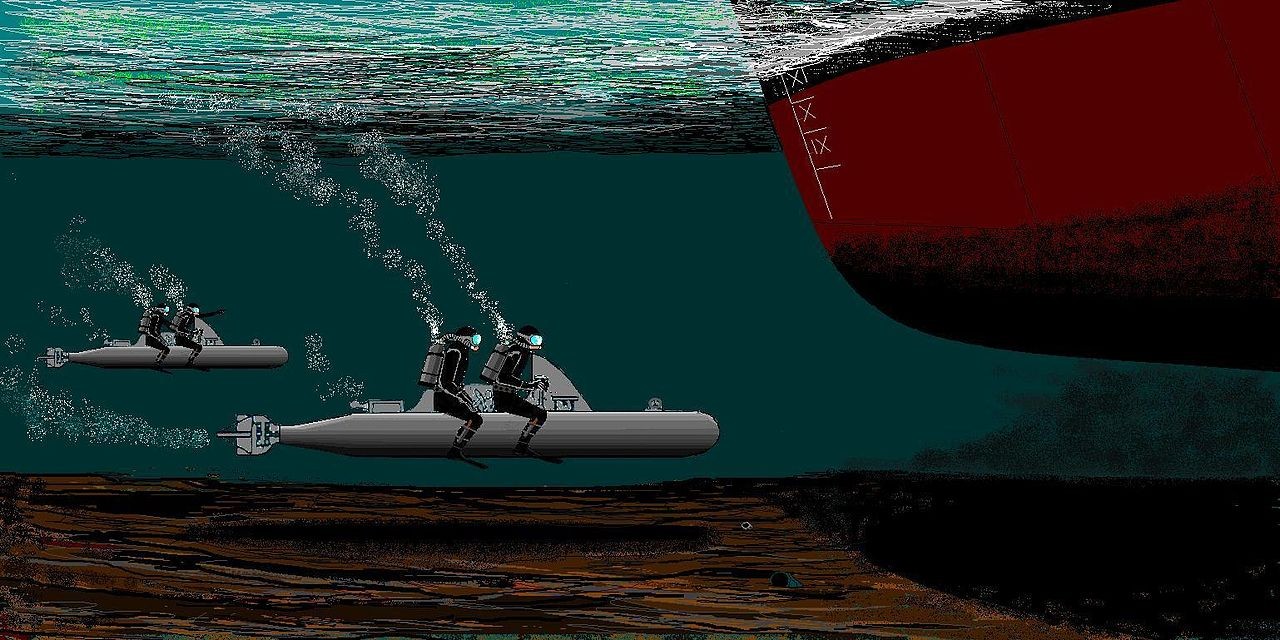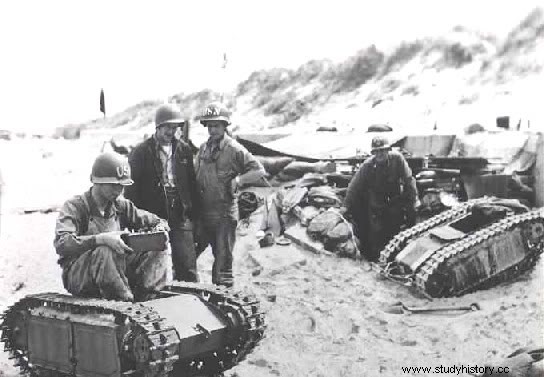Today we all know in some way what drones are. , those remotely controlled gadgets that serve multiple functions, from taking photos, recording sequences or shots of a film, moving small objects... even for espionage. The use of drones has been military in nature for many years, although in recent years some models have begun to be sold that do not go beyond a few meters in height or distance and that are used to take photos and record videos, being the most sophisticated the size of a dragonfly (M.A.V or Micro Air Vehicle ) or that can even be controlled by a mobile phone. The term “drone » serves to designate a wide range of robots, from Unmanned Aerial Vehicles (V.A.N.T. ) or Unmanned Aerial Vehicle (U.A.V ), to artificer robots such as the Spanish MIURA or unmanned underwater vehicles (Unmanned Underwater Vehicles ). Drones and robotics go hand in hand and are becoming more complex and sophisticated. There are drones that go further than man, such as the Curiosity Rover , which is looking for different samples on Mars and recently found what could be signs of water on the red planet, and drones that are used to explore the abyssal trenches, places so dark and so deep that they make exploration impossible without the help of these machines.

Corsican slow catfish
The use of these robots has not only begun to spread in the 21st century, rather in the last century, specifically in the midst of World War II. The Germans were the first to create one of these robots or, rather, «primitive drones «. Japan and Italy also joined the creation and development of strange contraptions, such as the balloons of a Japanese secret project, known as «Fu-Go » (which in the end turned out to be a real fiasco), or the Italian human torpedoes Siluro a slow corsa (slow sailing torpedo or, with a more colloquial nickname, "maiale «), which became a real headache for the Royal Navy.

Goliath
The German drone or robot was called «Goliath «, and anyone who hears that name for the first time will imagine a German supertank type King Tiger , with a tremendous cannon, thick armor and great tonnage... but no, the truth is that the Goliath was used in World War II and due to the noise of the gasoline engine and its size, it looks more like a lawnmower. Different models and versions were created, but with the same function:to sabotage and destroy enemy armor and fortifications. The real name of this German device was Sdkfz (acronym for Sonderkraftfahrzeug , «vehicle for special uses») and with the surname Goliath accompanied by a number, the most used being the Sdkft Goliath 303 . This drone weighed between 300 and 400 kilos, reached about 10 km per hour, with hardly any armor and an internal capacity of between 60 and 100 kilos of explosives.
The Goliath was controlled by a control panel which, in turn, was linked to the rear of the drone by telephone cables. Early models of the Goliath, such as the Sdkfz Goliath 302 , had electric motors, but their high production cost led to the creation of the Sdkfz Goliath 303 , already with gasoline engine. These drones had cables long enough to reach their targets and were detonated from the control panel itself. The biggest problem was its vulnerability, since anyone armed with just a shovel could cut the cables and put it out of action, for which it had to have infantry cover. The Goliath was used numerous times by the sappers of the Panzerdivisionen , from the Warsaw uprising to the Normandy landings. On some occasions, Goliaths were also used to clear minefields and mine-plagued areas. Although the Goliath was innovative, the results were rather anecdotal, as were other war novelties such as the V1 and V2 rockets or the so-called "clean weapons", so called because they use energy from the environment to function ("cannon of wind”, “solar cannon”…)
Collaboration of Pedro Sanmartín
